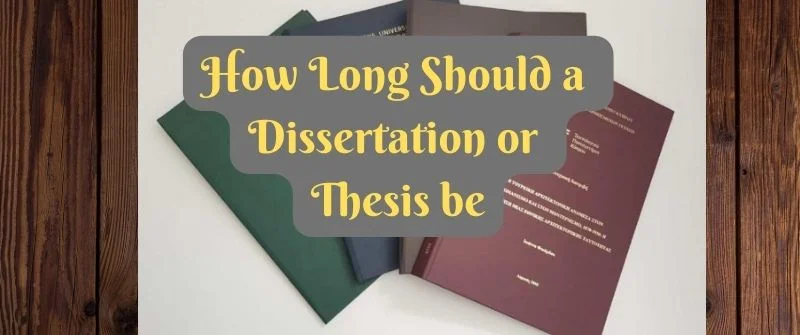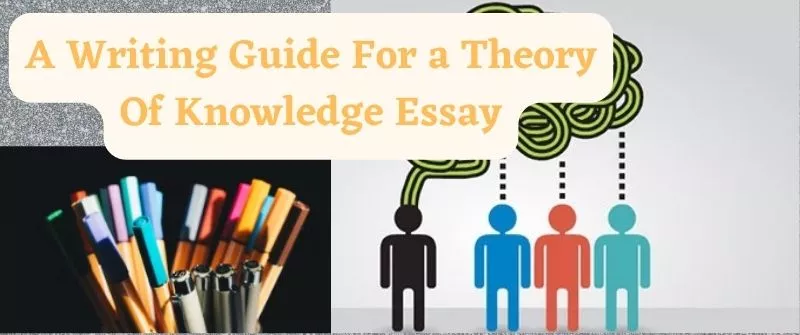Can you Reuse Papers in College? Submit and get away with it
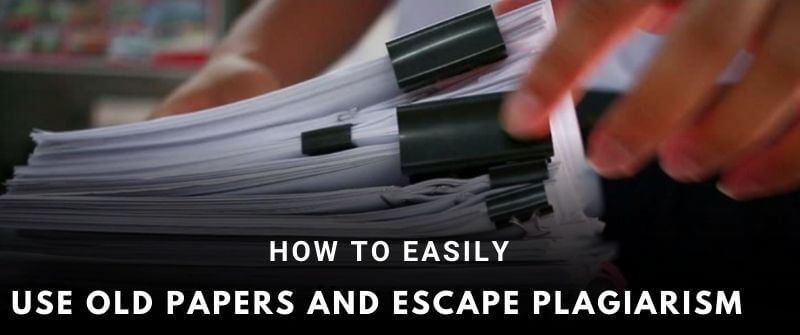
As a college or university student, you sometimes find yourself with assignments that you have done before. You might also be given a task that you did in a previous class. This brings the question if you can reuse old college papers or previously submitted essays. We answer this in detail.
The answer really depends on how you use them. If you reuse them cleverly and re-submit them afresh, then you have a chance.
While you can avoid all the trouble and risks of using old papers, just hire our paper writing service, and expert writers will create new and original papers. If you want to take the chance and do it yourself, read on for expert tips and detailed answers.
Can you Reuse Papers in College?
For best practice, you cannot reuse old papers in college or university because it is considered self-plagiarism. Plagiarism scanners like Turnitin and SafeAssign will detect and flag previously submitted papers as plagiarism.
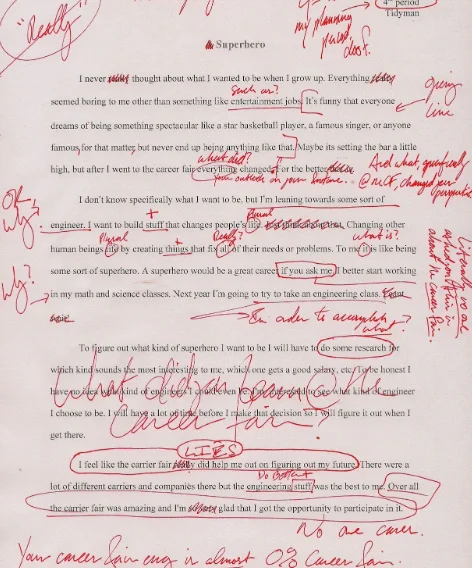
However, you can reuse old papers and essays by paraphrasing them well, referencing them, or using them as models for writing new ones.
A plagiarism scanner like Turnitin stores every type of work checked through it. Re-using your work is a form of plagiarism known as Self-plagiarism.
Re-using papers does not show progress and eventually affects your academic performance.
There are circumstances where one can re-use an already submitted paper. First, you can paraphrase the work correctly and make it look original.
Paraphrasing can do away with plagiarism. Using synonyms, rearranging the sentence structure, changing voice from active to passive, and reading the whole work and writing it from your mind are ways to produce perfect paraphrased work.
Secondly, some institutions may allow students doing research to re-use findings from previous research. These institutions have set up rules regarding this practice.
The students should clearly outline the need to re-use the work, the work to be used must be expanded, and the work must bring in new research.
The other way you can reuse your work in college is by asking the paper you submit to be given back to you.
This is done by writing to the instructors, who ask Turnitin for your paper. These papers are not saved into the Turnitin database and can be re-used by students without being caught.
Can you Turn in the Same paper for two Different Classes on Turnitin?
Even if the topic or subject is the same, turning in a similar paper in two different classes is plagiarism. Turnitin usually has a database that stores every type of work submitted through it.
A paper will be flagged as plagiarized if it matches any information in the Turnitin database, despite the paper being submitted in different classes.
Turnitin aims to prevent the use of a similar paper under one course. Though the classes are different, the course does not change.
If I retake a Class, can I use the same Paper?
How you use the paper determines whether it is right or wrong. Failing a paper and missing classes is common among students in college.
Instructors ask them to retake the class, therefore, retaking the papers they may have done previously. Students should always remember that the first paper was already submitted on Turnitin, and re-using it will be regarded as plagiarism.
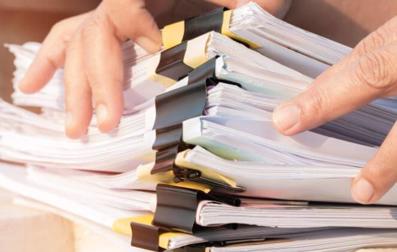
The only way students can escape plagiarism in these circumstances is by re-using the paper to expound previous ideas or come up with new ones.
If you are retaking a class because you failed a paper, re-using that paper is ridiculous.
You will be reusing ideas that did not help you previously.
That is simply desiring to fail twice. In institutions where papers do not undergo plagiarism checks from any software online, reusing papers is common. Not all instructors can detect re-used work.
Can you use a High School Paper in College?
High school and colleges are two very different levels of study that cannot be compared. College students can stoop low if they use or re-use high school papers.
High school work structure, argument, and researches are very different compared to those of colleges and other higher institutions of learning.
Arguments explaining the thesis in colleges should thoroughly explain opinions and be more creative compared to arguments of in high schools.
The opinion used in college papers should warrant different opinions, and the thesis must be reasonable, logical, provocative, and tempting.
High school essays are usually short compared to expected long university essays. There is no pressure among high school students to show their best and break limits as it is in college students.
This requires college students to think outside the box and speak their minds exhaustively. College researches are also complex and need to be more deep compared to high school research.
The sources required in colleges are way much more than those required in colleges. The level of reasoning, uniqueness, and drawing of fresh conclusions is higher in colleges than it is in high schools.
Therefore, it is unacceptable for students to use high school papers in college. Every academician can attest that the concepts used in high school cannot be used in college.
The quality required is different, and failure is the most likely outcome. Even using high school work as a means to expound on an idea rarely works. College students should stick to college work requirements.
Can canvas or Blackboard tell if you Reuse Paper?
Canvas does not contain any plagiarism-detecting tool for itself. Instead, it uses a third-party tool, Turnitin, which is used by many schools to detect plagiarism.
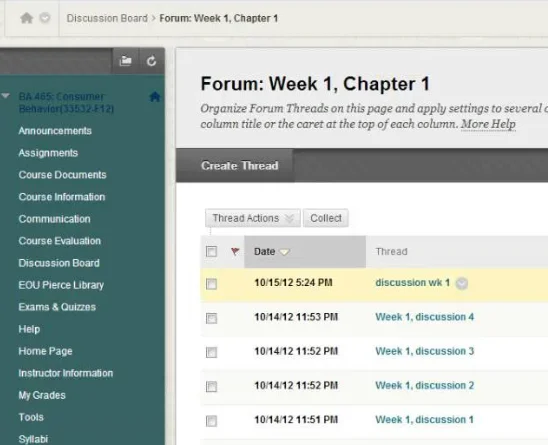
Turnitin checks plagiarism by comparing work submitted to Canvas against its database. The database consists of all work submitted by students, all pages available on the internet, and content from books and journals.
Once plagiarized work is submitted on Canvas, Turnitin will help flag it as plagiarized.
This includes re-used papers and other papers similar to any content in the Turnitin database.
Blackboard is integrated with SafeAssign, which is a plagiarism-checking software that can be accessed on Blackboard’s settings page.
SafeAssign’s major purpose is to check plagiarism in submissions and help students know how to acknowledge their sources of information. Plagiarism is checked by comparing submissions against academic papers available on the SafeAssign database.
Detection of similarity between a paper and a source material is aided by the unique text-matching algorithm.
An originality report is generated that contains information detailed about the similarities found with a percentage score provided for the matches found.
SafeAssign detects re-used papers. The papers are already on its database, for they were previously submitted.
This can be avoided if one had asked for his or her paper to be given back by SafeAssign. The paper is not stored in the SafeAssign database.
How to avoid Self-plagiarism.
Plagiarizing yourself is usually known as self-plagiarism. It is not much different from normal plagiarism, and one is eligible for punishment if caught.
Avoiding self-plagiarism is an important part of practicing ethical writing, whether in academics or elsewhere. If you do not avoid it, you will be flagged, as you cannot submit a paper twice on plagiarism scanners like Turnitin or SafeAssign.
What Self-Plagiarizing Involves
It involves reusing work either previously submitted in a class or published. Self-plagiarism presents your old work as new. This can easily confuse the readers of your work. The following are some of the examples of self-plagiarism:
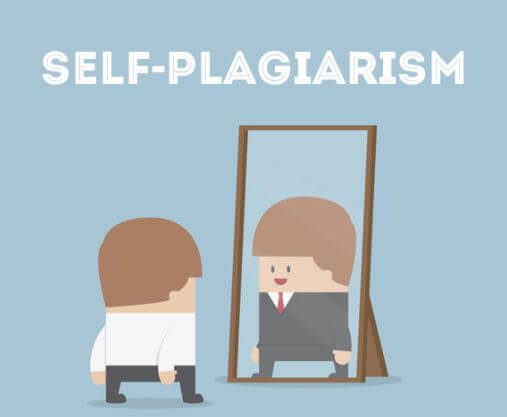
- Copying sections of your previous submissions into a new paper.
- Submitting the same paper in two different classes.
- Using the same data that you used in your Bachelor’s degree in your Master’s.
- Giving out already published passages, introductions, and conclusions as manuscripts for a new data publication.
- Not making the reader aware of the data used in previous studies. (whether published or not)
- Publishing different journals containing many matching papers under the same study.
1. Paraphrase your old Paper before Reusing
Paraphrasing involves using your own words to present ideas and information from an original source. A good paraphrase should not be a summary.
You should also be careful not to change the meaning of the original paper as you rephrase the ideas in your own words. The following is the best effective way to paraphrase any piece of work:
- Reading the original work and understanding it fully.
- Write down your paraphrase without the original paper on-site. When writing, try to change the voice from active to passive, use synonyms, and alter the sentence structure.
- Compare your paraphrase with the original. This is done to make sure that your paraphrase has not lost meaning and that all crucial parts of information have been added.
- Any term or phraseology borrowed from the original text should be put in quotation marks.
- Write down the source to avoid delays if you decide to include the material in your paper and you need to incorporate it.
2. Cite and Reference your Previous Paper
Correctly citing sources can distance you from plagiarism. This is mainly decided by instructors. Plagiarism checkers check similarity and are likely to flag cited text.
Almost every writing format has its citing method. To avoid plagiarism, one must cite correctly per the guidelines of each citation style.
Citing sources usually shows that you are giving credit to the original sources of your data.
3. Get points from your Old Papers
Rather than submitting a duplicate of your previous submission, you can get points from that work and use them to come up with unique content.
Paraphrase the points and start researching on them as if the work is new. You can use different sources from the ones you used previously.
Through this, you can expand your knowledge on a particular topic more and gain more understanding on the topic too.
4. Use the previous college papers as models
You can use your previous papers for ideas and as a means of answering certain questions. This does not involve copying the content on the paper directly.
If you come across questions similar to the ones you have done before, use the previous questions to direct you on how to answer the new questions.
With that in mind, you can then study and research the questions and come up with new or more advanced answers.
5. Correct the mistakes you made
To avoid self-plagiarism through re-using papers, you have done before, and you can correct the mistakes you made in those papers to come up with unique content.
Rarely do students get everything right in a given assignment. This means that there are wrong answers, arguments, and explanations that you are likely to put across.
Correcting these mistakes leads you to come up with a unique answer.
You can get other points from the sections you got right or use them as references to come up with an answer different from the previous one.


